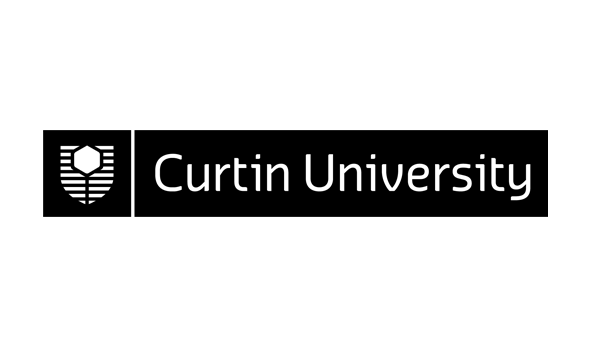7755 (v.4) Inorganic Chemistry 301
Area: |
Department of Applied Chemistry | ||||||||||||||||||||||||
Credits: |
25.0 | ||||||||||||||||||||||||
Contact Hours: |
5.0 | ||||||||||||||||||||||||
| ** The tuition pattern below provides details of the types of classes and their duration. This is to be used as a guide only. For more precise information please check your unit outline. ** | |||||||||||||||||||||||||
Lecture: |
2 x 1 Hours Weekly | ||||||||||||||||||||||||
Laboratory: |
1 x 6 Hours Fortnightly | ||||||||||||||||||||||||
Prerequisite(s): |
8024 (v.5) Analytical Chemistry 201 or any previous version AND 8029 (v.3) Inorganic Chemistry 201 or any previous version AND 8030 (v.4) Inorganic Chemistry 202 or any previous version |
||||||||||||||||||||||||
Syllabus: |
Analysis of solids by X-ray diffraction and electron microscopy. Theories of nucleation and crystal growth. Cement chemistry. Trace metals in toxicity, pollution, sediments and rocks, natural waters, aquatic organisms and effluents. Coordination chemistry. Solvent extraction - theory of distribution of ligands and metal complexes, applications to analytical chemistry and commercial recovery of metals. Laboratory work - advanced preparative and analytical techniques. | ||||||||||||||||||||||||
| ** To ensure that the most up-to-date information about unit references, texts and outcomes appears, they will be provided in your unit outline prior to commencement. ** | |||||||||||||||||||||||||
Field of Education: | 010500 Chemical Sciences (Narrow Grouping) | ||||||||||||||||||||||||
Funding Cluster: | 08 - Engineering, Science, Surveying | ||||||||||||||||||||||||
SOLT (Online) Definitions*: | Informational *Extent to which this unit or thesis utilises online information | ||||||||||||||||||||||||
Result Type: | Grade/Mark | ||||||||||||||||||||||||
Availability |
|||||||||||||||||||||||||
|
|||||||||||||||||||||||||

